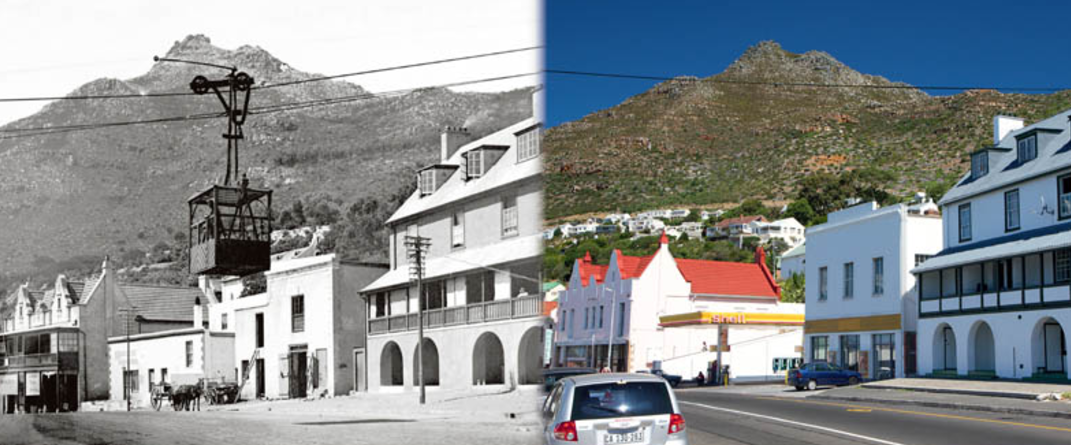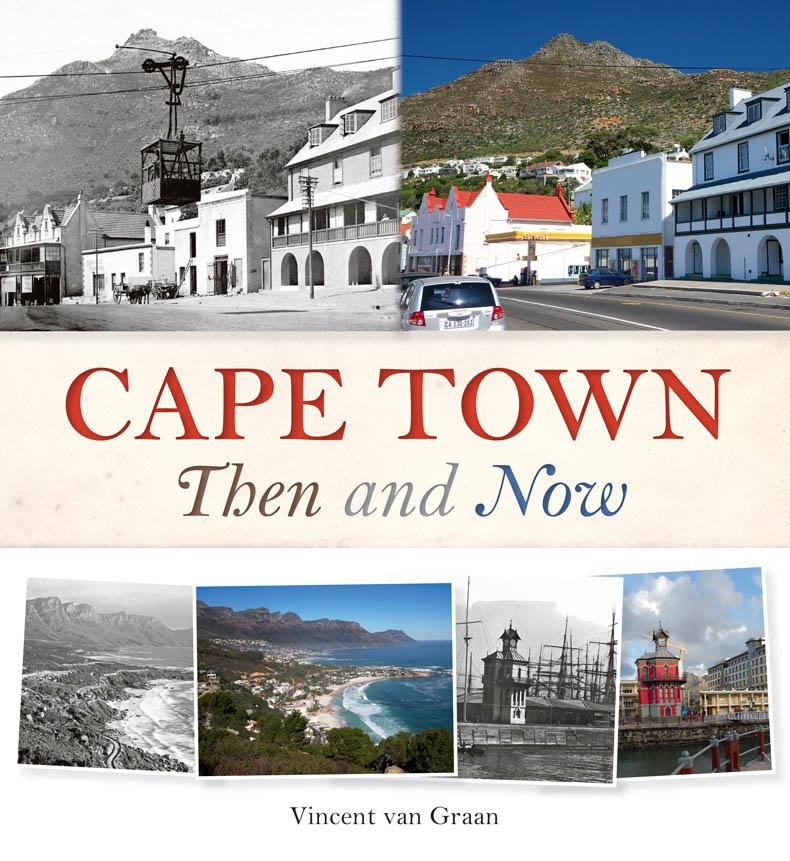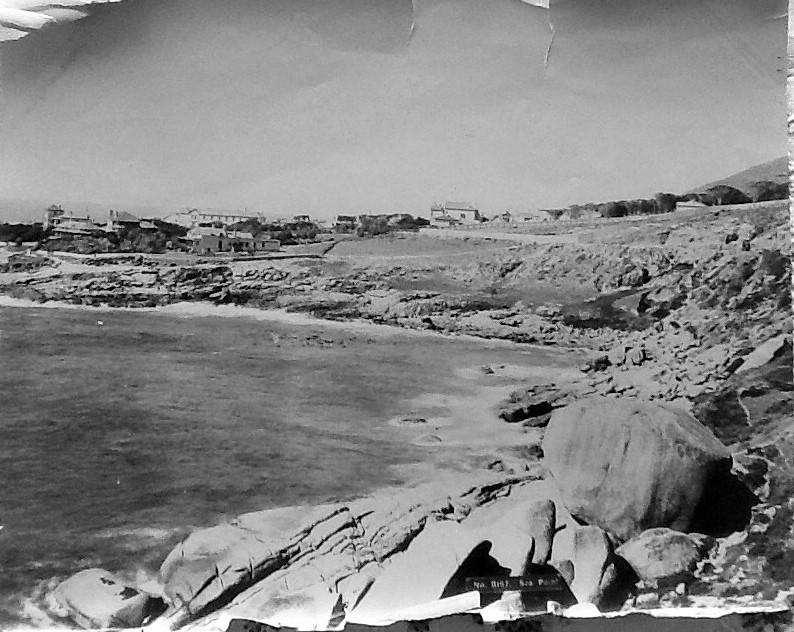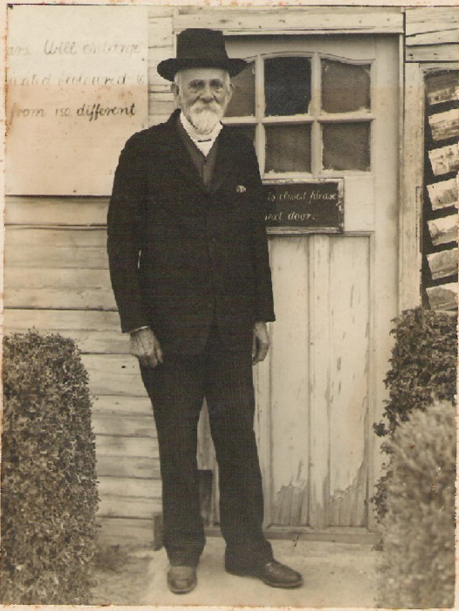
Cape Town has always been the most photogenic and dramatic of South African cities. A photograph is worth a thousand words and old photographs have a special historical and visual appeal. Van Graan in this book pays homage to past photographers of Cape Town while also showcasing his own work and that of Philip Massie. The contemporary aerial photographs are by The Aerial Perspective. He has drawn on the Western Cape Archives to reproduce the rare archival photographs of Cape Town of four early Cape Town photographers: Arthur Elliott, Henry Charles Hopkins, Edwards James Steer and Thomas Daniel Ravenscroft (my favourite). It is certainly a clever idea to research and find old archival photographs of, for example, Greenmarket Square circa 1900 and to return to the same camera viewpoint of a photographer of yesteryear and to photograph the same scene today. Immediately it becomes “a spot the difference game”... what has changed, what has remained the same. It’s the man- made, built environment that has changed the most. Cape Town is more densely populated, the city streets have been tarred, transport has changed from ox wagon and Cape cart to automobiles, trams have given way to taxis and sailing and steam ships have given way to tankers, cruise liners and container ships.
But the geography of Cape Town remains as anchor points – the beauty of Table Mountain, Signal Hill, Lion’s Head, the 12 Apostles - Cape Town is a natural wonder and the photographer shares the view. There is a sharp contrast between the charming black and white old photographs, often beautifully composed and seeing the drama of the landscape and the contemporary full colour possibilities of the digital image. There is a neat balance of old and new photographs. This is not a book about Cape Town’s architecture or specific buildings (it will require another book on Cape Town’s distinguished architecture) but rather on the street views, some aerial photographs and the distant perspectives. There is a memorable photograph, taken by an unknown or at least an unlisted photographer of the gentleman climber of an unknown date surveying Cape Town from the vantage point on Kloof Corner on Table Mountain. Today it is a more urbanized view but Van Graan has not quite succeeded with an equivalent view today and such perspectives are still possible.
Book Cover
The book is a special souvenir of Cape Town and will be popular with both Capetonians and visitors alike. It’s an attractive selection. As a Johannesburg person I am always in awe when I visit Cape Town and so enjoy waking up in my Rondebosch guest house on Rustenburg Road and there is that mountain towering above. So this is a book that now joins my Cape Town collection and also fits into my photographic collection. The workmanlike knowledge text written by Anne Clarkson and this commentary on the Cape Town scene explains the photographs and their viewpoints and yet is light and very readable.
The order is effectively structured around Central Cape Town, the Atlantic Seaboard, the South Peninsula, False Bay, the Southern Suburbs, Northern Suburbs and Robben Island. You are likely to find an image that is personal to your own experience of Cape Town. I can see that a book such as this will have people digging into shoeboxes for the own old photographs (yes, do and then race them to the Cape Archives).
Old photo of Sea Point by TD Ravenscroft
This book would not have been possible without the Cape Archives – as the 73 old images come from their collections and there is an inset page on the conversion of the old Roeland Street Prison into Cape Archives. This book really need to be dedicated to the archivists and the photographers of the past – had the glass negatives of the old photographers not somehow found their way into passages, boxes and categories for preservation and had the archivists of the past not been the fierce custodians of past images, this project would not have been possible.
TD Ravenscroft
My main criticism though is that the role and work of the four old photographers, Elliott, Hopkins, Steer and Ravenscroft should have been precisely labelled. I know dating is difficult, but one can give an educated, “circa” date and I would have liked to see the name of the photographer on each old reproduction. I have become interested in Ravenscroft since recently being given four old photographs from his studio. He was said to have been a “master of the infinite perspective”. His lifetime dedication to photography and photographing not only Cape Town but the early railways, other Cape towns and wider South Africa was record breaking. I think the author of this book should be revealing who took each photograph. I know he has included a biographical page of acknowledgement at the start and a useful reference numbered catalogue at the end, but the average reader is unlikely to go back into the archives to find the original photograph and hence the photographer.
This website markets Van Graan’s book (click here to view). It is also possible to purchase from this website copies of a whole series of old Cape Town photographs, but now the old photographer seems to have been given Van Graan’s name and he will charge you an “artist’s fee” (I presume the cost of a high quality reproduction) of between R570 and R912. But from the website viewing and my shopping opportunity I am still none the wiser as to who of the four great old photographers actually took the original photographs. A model of attribution in the use of old photographs is Hans Fransen in his book Old Cape Towns and Villages.
All of this raises the interesting question of copyright and the ethics of acknowledging your predecessors. We all stand on the giants of the past. I would like to see Van Graan become “a giant” in photography, but these days it is a crowded field and far less technically challenging than the black box of 1900. I hope that in 100 year’s time Van Graan does not find that his own work, having been carefully preserved in the archive is appropriated by a keen new Cape Town photographer who has found a wonderful mine of old photographs.
2017 Price Guide: Amazon price online given as between $15.40 and $ 19.93 or locally priced at R 350. I purchased my copy new from the publisher.
Kathy Munro is an Honorary Associate Professor in the School of Architecture and Planning at the University of the Witwatersrand. She enjoyed a long career as an academic and in management at Wits University. She trained as an economic historian. She is an enthusiastic book person and has built her own somewhat eclectic book collection over 40 years. Her interests cover Africana, Johannesburg history, history, art history, travel, business and banking histories. She researches and writes on historical architecture and heritage matters. She is a member of the Board of the Johannesburg Heritage Foundation and is a docent at the Wits Arts Museum. She is currently working on a couple of projects on Johannesburg architects and is researching South African architects, war cemeteries and memorials. Kathy is a member of the online book community the Library thing and recommends this cataloging website and worldwide network as a book lover's haven.



